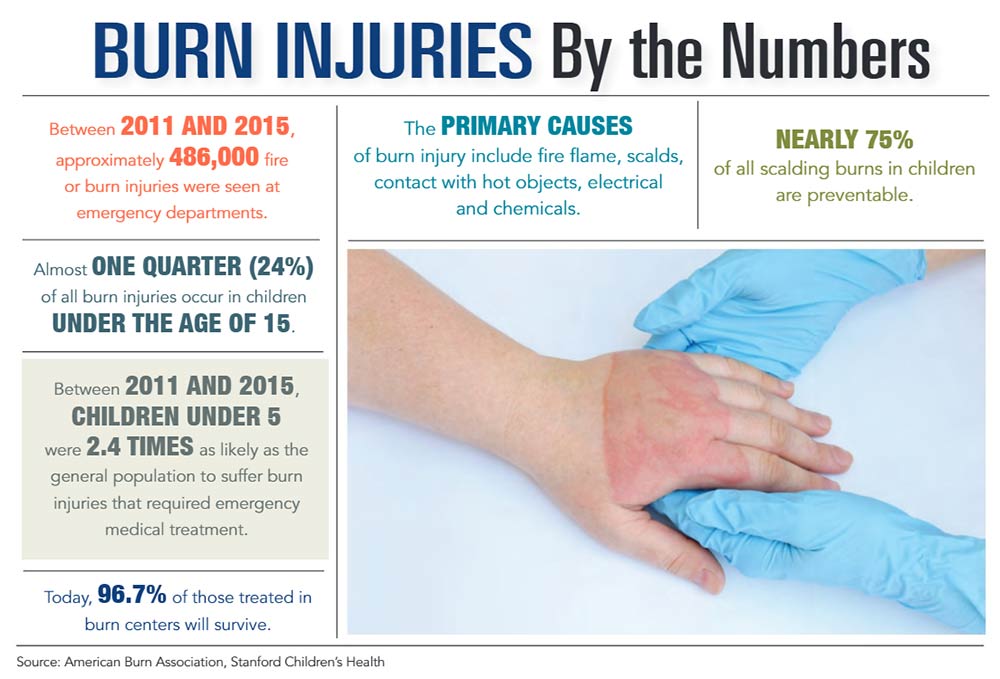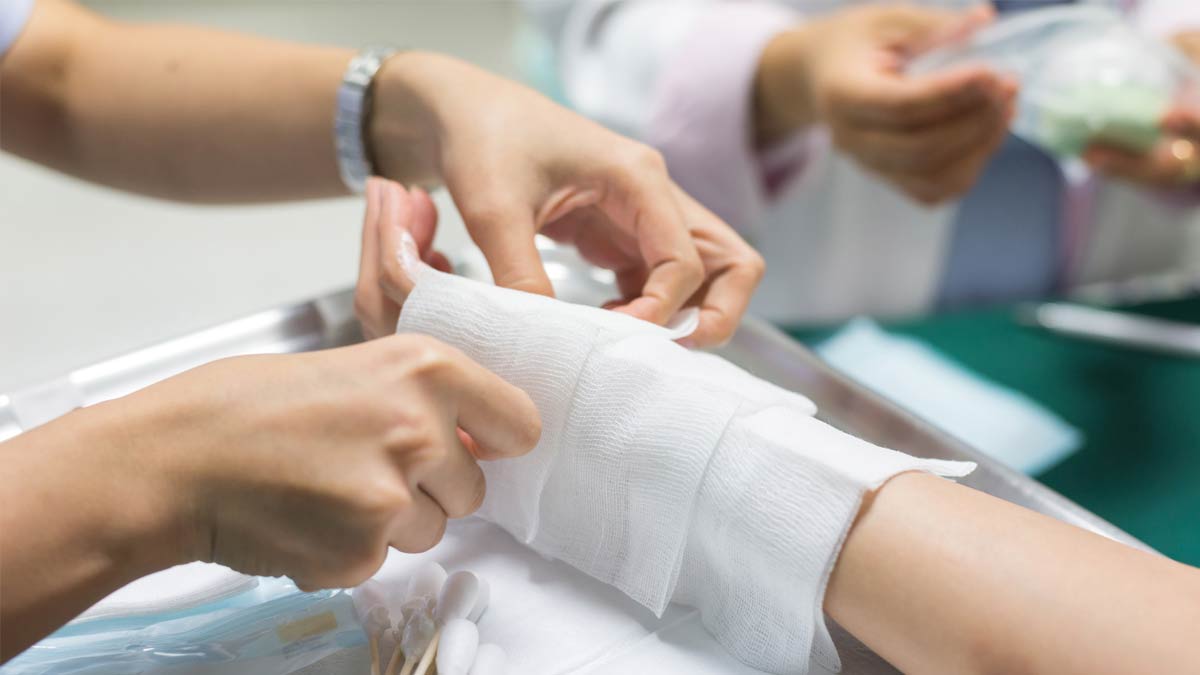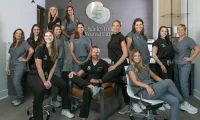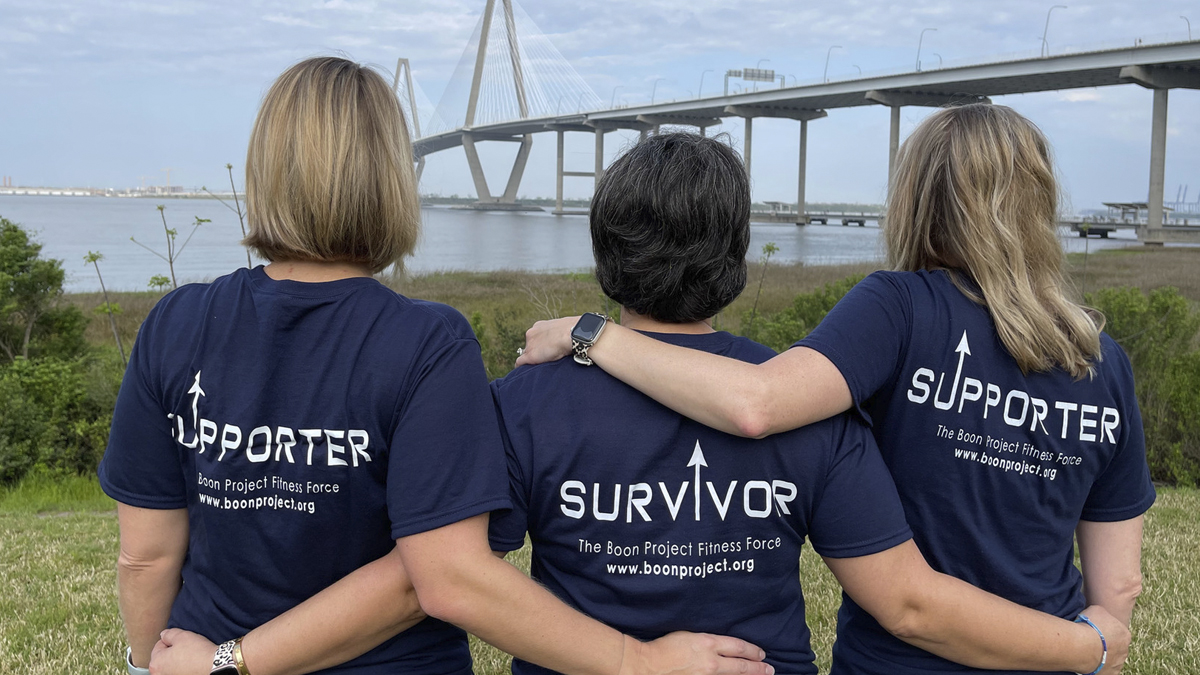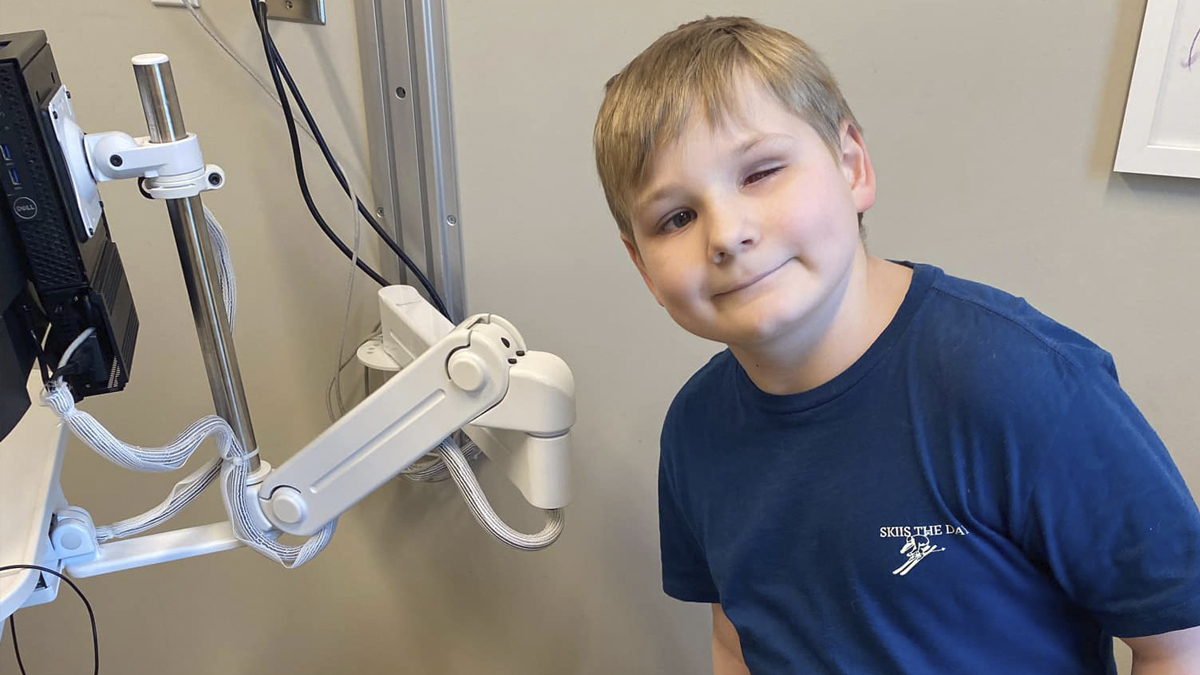The Medical University of South Carolina Burn Center has some exciting new developments coming this year and beyond as it continues to grow and evolve.
The only burn center in the state, it currently provides inpatient and outpatient pediatric burn care, but it will soon be expanding to offer comprehensive care to patients of all ages from “the second someone enters the Emergency Department to years and years afterward,” according to Chief of Burn Surgery Dr. Steven Kahn, a national leader and innovator in burn care.
Services and treatments will entail everything from emergency stabilization, resuscitation, critical care, acute burn surgery – removing burns and performing skin grafts – and reconstructive plastic surgery.
The MUSC Burn Center began as a burn trauma unit in 1971. The adult side of the burn center closed in 2002, but that is slated to change in April 2020 when the facility becomes a comprehensive center.
The MUSC Burn Center currently admits about 10 patients a year for inpatient care and manages 80 or 90 children for outpatient care. The most common burn injuries in younger kids are scalds. Presently, most burn victims have to travel to another state such as Georgia to receive burn care, Dr. Kahn explained.
“We have a pediatric burn center that has been providing excellent care since the adult burn unit closed, and we are planning on expanding the services provided to pediatrics as we develop a comprehensive center being able to provide care for people of all ages and all burn sizes,” Dr. Kahn said.
“Our goal is to provide people the highest quality care locally, in the state of South Carolina – to create less strain on the families and allow them to recover closer to home so they can be with their main support units,” he added.
The comprehensive center will strive to provide minimally-invasive care and enhanced recovery after injury, with the aim of reducing surgeries. One way this will be accomplished is by utilizing innovative and less invasive techniques such as using enzymes and regenerative medicine methods instead of surgery to treat and remove burns.
Additionally, new technologies that streamline treatment and improve efficiencies will be used. For example, Burn Center Pediatric Surgeon Dr. Aaron Lesher developed an app called TeleBurn that allows families who are in a remote area to consult with a burn provider through a video chat, which makes follow-up treatment easier by decreasing travel time.
Patients treated at the Burn Center have access to more than 50 specialists and programs. Between the unit at MUSC Shawn Jenkins Children’s Hospital and the Burn Center, there are 14 nurses, with plans to hire another four; two specialty physical and occupational therapists; program managers who are burn nurses and who also have an administrative background; a specialty pharmacist; a dietitian; respiratory therapists; and child life specialists.
The health professionals at the Burn Center understand that the recovery process is not limited to the body, going beyond treatment of the physical scars to address the emotional wounds as well. A specialty team known as the Trauma Relief and Recovery Program offers psychological support to help patients and their families reintegrate into society.
Cost is not a deterrent for receiving the best treatment. While most low-income families who use the Burn Center are covered under the Medicaid program, there are programs that help indigent families receive the highest quality care with no additional cost. The Ronald McDonald House can house families for free, and the South Carolina Burned Children’s Fund offers additional financial support.
“Our goal is to minimize or eliminate out-of-pocket expenses, particularly for lower-income families,” noted Dr. Kahn.
The Burn Center recently hired an expert specialty team that includes Katie Hollowed, a leader in burn nursing care who helped develop the competencies that the American Burn Association uses for all of its burn centers to set standards for its nurses. Hollowed is a recipient of the Curtis Artz Award – named for the founder of the original MUSC burn unit – which recognizes her distinguished career in burn care, the highest achievement a person can earn in the field. Additionally, the Burn Center has hired other physical and occupational therapists.
“We are very focused on a multidisciplinary approach to burn care,” Dr. Kahn stated.
Other goals include acquiring new technologies in the field of burn treatment and recovery. For example, the Burn Center is in the process of acquiring a laser that will be used to make scars thinner and less noticeable.
The Burn Center is also a teaching and research facility that will instruct medical students, residents, nurse practitioners, therapy and physician assistant students. It also is developing a fellowship program tentatively scheduled to launch in 2021 that will train burn surgeons. The center conducts firefighter safety research as well.
Dr. Kahn, an associate professor, emphasized that the center’s multidisciplinary team focus sets it apart from most other specialties.
“As the Burn Center director and the chief of burn surgery, my goal is to equip and empower those experts to bring their piece of the pie to the table to provide comprehensive care,” he said.
By Colin McCandless
